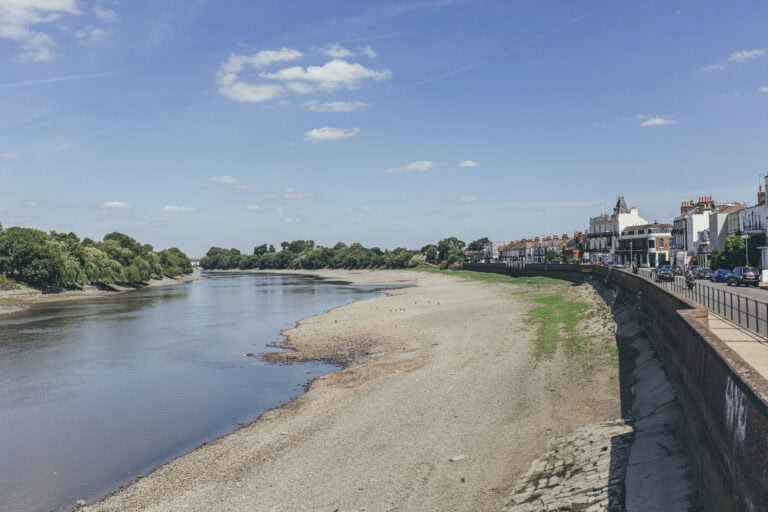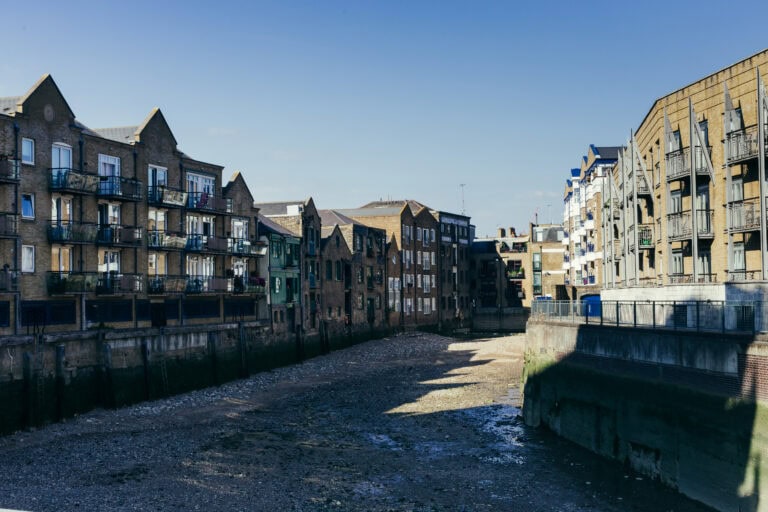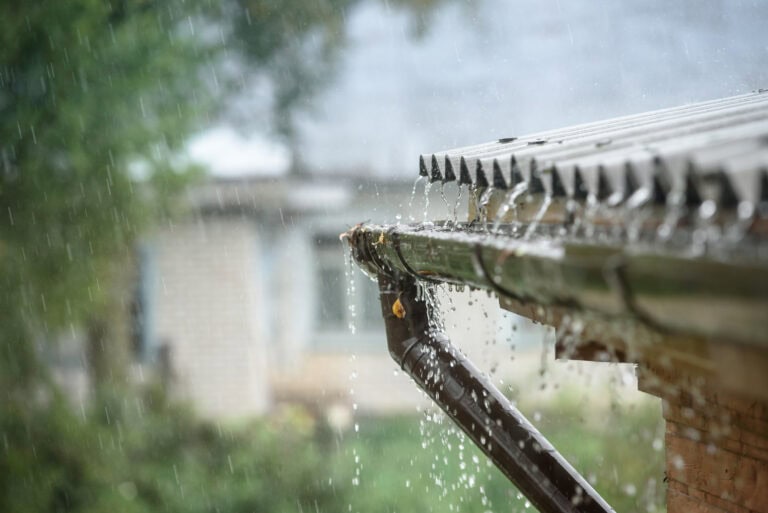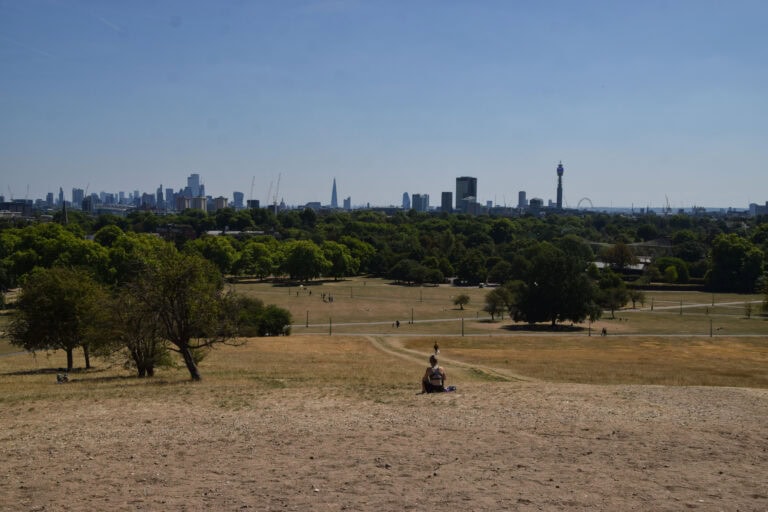What does the dry weather mean for the built environment?

Across many parts of England, small talk has focused on possible hosepipe bans, the trees dropping an autumnal carpet of leaves and the fact that we just need rain. England has experienced it’s driest July since 1911 with rainfall levels dropping to a quarter of what we normally expect for the month, with drought now officially declared in 8 out of 14 areas of England. We’re seeing the impacts of this throughout the country in our now dry, yellow open spaces and parks, but this also has less obvious but significant impacts in the built environment.
What is the impact of drought on our built environment?
Soil shrinkage resulting from dry weather can lead to a number of damaging effects: building subsidence, increased risk to damage of underground utilities infrastructure, and higher land erosion risks as the ground loses its stability, which can have knock-on effects such as increased vulnerability to flooding.
As we have seen in areas such as Kent and Sussex, hosepipe bans are coming into force to limit the amount of water we are able to use. Compounded with the extreme heat seen over the weekend, lack of water for drinking and hygiene purposes poses serious health and wellbeing risks, particularly to vulnerable occupants.
Lack of water availability can also negatively affect the adaptation solutions we have put in place to combat other climate-related hazards such as extreme heat. Nature-based solutions, such as street trees, green roofs and walls, and grassy open spaces, are at risk of drying out if not well maintained, leading to the loss of these natural benefits.
What are the solutions we can implement to tackle drought in the built environment?
With drought events likely to increase in frequency and severity due to climate change, it is important that the built environment builds in resilience measures to reduce the impacts from dry weather periods.
Water efficiency measures will be key to reducing our overall water usage and can include methods such as retrofitting aerated taps, dual flush toilets and low flow shower heads, as well as ensuring water providers repair system leaks. For design stage development, water consumption targets should be set for our water using fixtures such as taps, showers, and toilets.
Water collection and recycling measures can also be implemented to store water for use when needed most. This can range from simple measures, such as installing a water butt to collect rainwater, up to installing grey water systems to collect and reuse the water from our showers and sinks.
So, what are the key steps business and government should take?
Instilling this resilience in our communities is something we’ve long neglected – and this summer’s drought and extreme heat should be our wake-up call. For us to adapt we’ll need everyone to play their part.
For government, there is a clear need for policy that tackles the lack of water efficiency at its source in the water infrastructure. More specifically in the built environment, there are three key steps policy makers should take:
- Regulation to encourage water efficient appliances: Part G of building regulations should be updated to use a ‘fittings-based’ approach only, underpinned by a mandatory water label, linked to minimum standards for fixtures, fittings, and water using products. Minimum product standards should be set to achieve targets of 95 lpppd in the FHS initially, and be tightened over time to achieve 75lpppd by 2030, as per the RIBA 2030 Climate Challenge. In addition, government should consult on adding water efficiency to EPC ratings.
- Policy for areas with high drought risk: Local authorities in water stressed areas should retain discretion to ask for higher, pre-set standards through a Building Regulations Optional Requirement.
- Supporting water reuse: Regulations and planning should further incentivise or support the use of rainwater harvesting and greywater reuse technologies.
For business, using your voice to advocate for better regulations in water efficiency is one of the strongest impacts you can have. On an individual business, portfolio or project level, it’s important that appliances and systems are championing water efficiency wherever possible. In addition, encouraging water reuse as well as incorporating urban greening in projects further reduces water stress. Our built environment must be a driver for this change. By implementing these policies and practices, we can have a significant impact on our communities’ abilities to be resilient to water stress caused by climate change.
Hannah Giddings and Kai Liebetanz are Senior Advisors at UKGBC.
Hannah worked on the Measuring and Reporting Climate Related Physical Risk guidance which guides asset owners and occupiers through the process of exploring the risks their built assets face – for example like drought.
Kai worked on the recently launched Value of Nature Based Solutions research, which demonstrates the wide plethora of benefits Nature in our cities bring, not only related to climate resilience but also, to public economic, social and environmental wellbeing.
Related
UKGBC reacts to drought announcement

World Water Week 2022: The Current Crisis and Why Architects Need to Design with the Water Cycle in Mind

Every fraction of a degree Centigrade is worth a million actions – Julie Hirigoyen’s reflection on COP27

3 Key Policies – The UK isn’t built for this heat, the next Prime Minister must take this seriously

